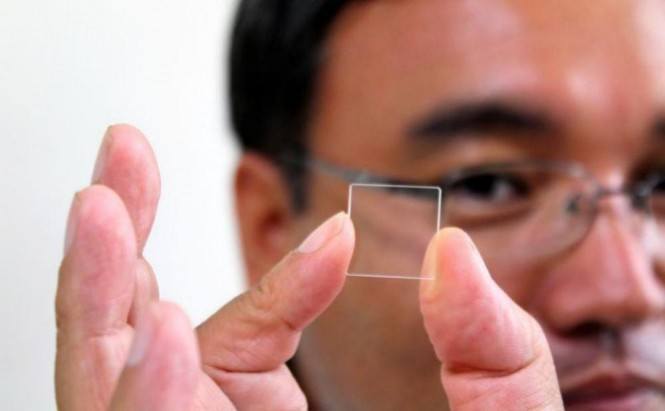For several decades, we've lived side by side with computers, which have changed dramatically both in their size and purpose. Storing data has become an ordinary thing. Data holders have undergone several modernizations since the time when computers required a separate room; and scientists continue their research in this field providing us with new options. Now Hitachi, a well-known Japanese tech giant, have unveiled a new technology that makes it possible to store data on glass slivers.
A Bit of Background Information
They're actually not as fragile as you might think. The secret lies in the glass used - the quartz glass. This material is used as an envelope for halogen lamps and in chemical laboratories for test tubes and other tools.
The material is highly stable, durable and resistant to high temperatures and numerous chemicals. To illustrate the point, the glass is made at temperatures of approximately 2000 degrees Celsius, thus being able to undergo high temperatures of about 1000 degrees for a couple of hours without any changes or damages.
Some Words on the Technology
The concept implies storing data in binary format in the form of dots within a thin piece of quartz glass. The prototype device is as small as 2 cm square and 2 mm thick, and the dots can only be seen via a microscope.
You're probably wondering about the capacity. At the moment, the material can hold up to 40 megabytes per inch with the dots organized in four layers, which is approximately the density of a music CD. The researchers believe that adding more layers should not be a problem.
Evident Advantages
The CDs and other storage media that we use nowadays have their lifespan measured in decades, one century being the limit. Storage media made of quartz glass are far more durable, with only one drawback – they can be broken. Still, this won't be an easy task.
The fact that the material is unaffected by magnetic fields and the way the data is inscribed guarantees that the data won't be lost due to wrong placement (on a TV, for example). Storage media made of quartz glass will keep the data for next generations, even if the piece falls into water or has spent some time in fire, surviving in natural calamities and disasters. This is really awesome.
In terms of decoding the inscribed information, the technology also opens a green corridor to all modern devices. To read it, a computer must understand the binary code, which is the most basic of its functions no matter how advanced the computers become.
Sphere of Usage
It is not yet decided by Hitachi when they will put the chip to practical use. The researchers speak of a possibility to start with creating storages for government agencies, museums and religious organizations. This is quite logical since they all have huge amounts of information to store.
Hopefully, some day the technology will creep into our homes providing ordinary people with the possibility to retain data about their families for their kids and future generations. I personally would love to have such a thing.





